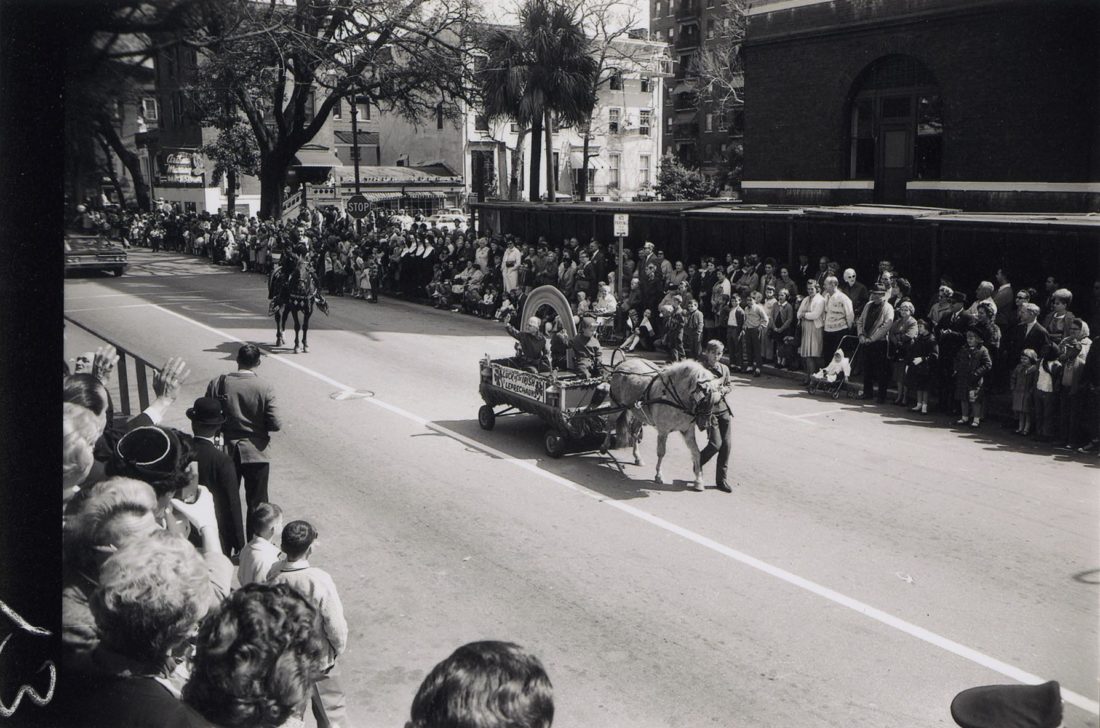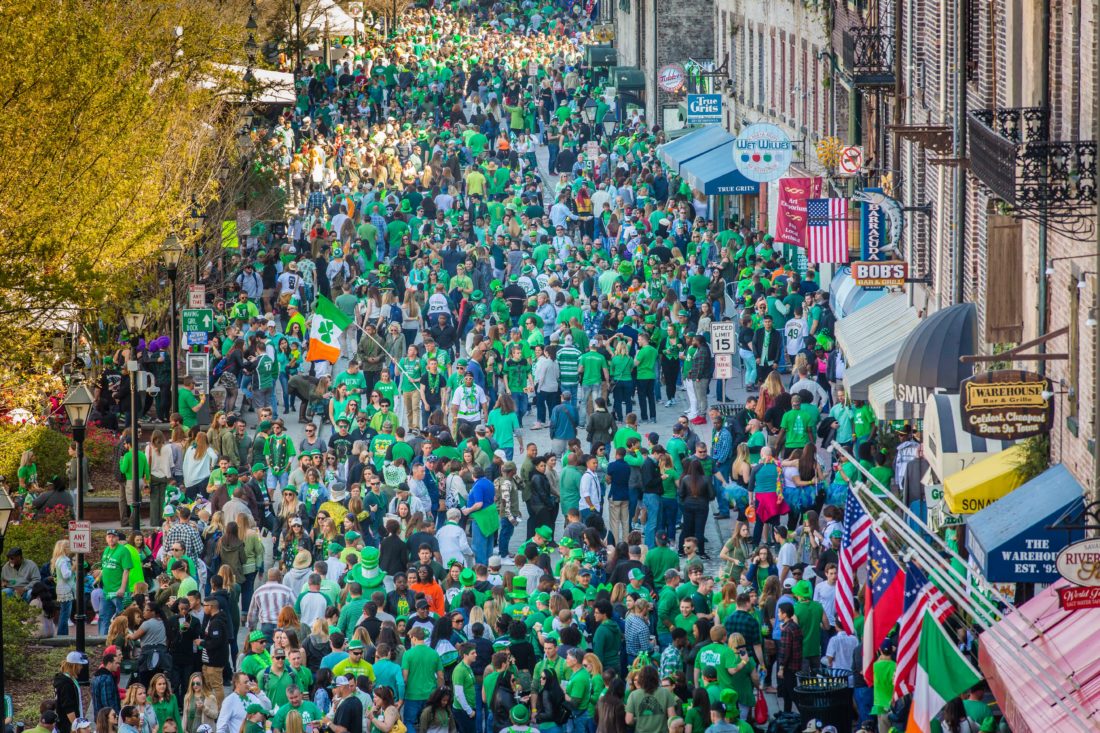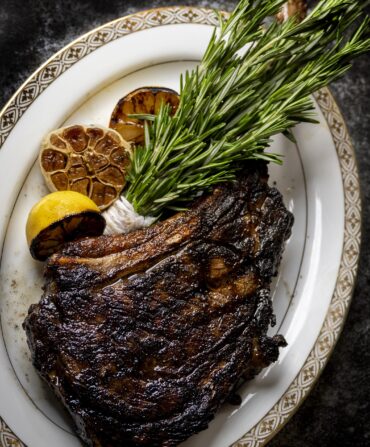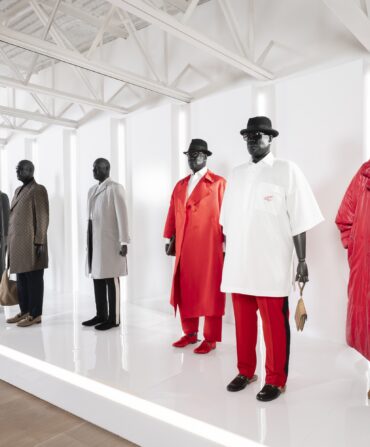The Irish have enjoyed a long history in Savannah, Georgia, and it’s never better showcased than when St. Patrick’s Day rolls around and the city (outside of pandemic years) puts on the biggest parade in the South. “The parade started as a simple procession, and it’s just grown and grown and grown,” says Meaghan Dwyer-Ryan, a historian and the associate director of Georgia Southern University’s Center for Irish Research and Teaching. “It’s a big party, and it’s gotten that reputation, but at its heart, it’s a family event, a demonstration of Irishness, and a demonstration of the Irish history in Savannah.”
The story starts long before the modern-day green-beer-induced merrymaking, before the almost-two-centuries-old parade, before Georgia was even a state. “The Irish have been coming to Georgia, and especially Savannah, since the 1730s, when the colony was established,” Dwyer-Ryan explains. “They wanted land, which wasn’t readily available in Ireland, and they wanted religious freedom.” Georgia’s second governor, Henry Ellis, was Irish himself, and opened up tracts of land for settlement west of Savannah.
“For much of the colonial period, the Irish made up a large portion of the Georgia population,” Dwyer-Ryan says. “And then later on, in the nineteenth century, large amounts of Irish Catholics started arriving.” By then, the United States was industrializing, and in need of infrastructure. Immigrants, Dwyer-Ryan explains, provided part of that labor on projects such as a railroad between Savannah and Macon.
In 1812, well-to-do Protestant Irish residents formed the Hibernian Society in Savannah, to aid the impoverished immigrant arrivals from Ireland. On March 17 in 1824, the Hibernian Society president invited the public to join him on a walk through Savannah’s streets to go hear a speech from Bishop John England, the founder of the diocese of Charleston. And so, the city’s first public St. Patrick’s Day parade went down in the history books.
Meanwhile, more Irish kept arriving in Savannah. “The potato famine in Ireland from roughly 1845 to 1850 or ’51 massively accelerated immigration,” Dwyer-Ryan says, and passage to Georgia was simple: Savannah was a port city that traded with the British Isles, and ships would carry passengers from Ireland, and then return with goods from Georgia like timber. The most significant connection, Dwyer-Ryan explains, formed with County Wexford in southeastern Ireland. “Eighteen forty-eight to 1852 were the top years of Irish arrival in Savannah, and more than 56 percent of those direct arrivals came from Wexford,” which had three shipping firms that provided passage to Savannah.

In Savannah, the St. Patrick’s Day celebration just kept growing. In 1870, the festivities added a grand marshal—someone to lead the city through the St. Patrick’s Day season, culminating in the parade on the seventeenth. Today, being elected as the grand marshal is both an honor and a huge responsibility. “A lot of people might not know that between the grand marshal’s election on the last Sunday in February and March 17, there are roughly fifty-five to sixty events that the grand marshal will attend,” says Caleb Harkleroad, a member of the parade committee who elects the grand marshal, and the vice president of the Monsignor Daniel J. Bourke Division of the Ancient Order of Hibernians. “It’s a pretty crazy four weeks.”

Though events last year and this year have looked different due to the pandemic, the celebrations have continued in other forms. “This year, we’ve virtually held the Celtic Cross ceremony, greened the fountain, and the day before St. Patrick’s Day, we’ll hold the Jasper Green ceremony,” Harkleroad says. “And we’ll still have the mass on St. Patrick’s Day, which is the most important thing we do.”
Dwyer-Ryan notes that unlike other traditionally Irish cities, Savannah’s major period of immigration ended generations ago. “That’s why it’s so fascinating how Irish-Savannahians have maintained this sense of Irish identity,” she says. “Even now, we are having a resurgence of Irish-related events.” Last year, Harkleroad formed the Savannah Gaelic Athletics Association, which now competes in the traditional Irish sports of hurling and Gaelic football. And Georgia Southern has a campus in Wexford to celebrate the Savannah-Wexford connection, with a student-exchange program currently in the works.
Of course, everyone hopes next year things will be back in full swing for St. Patrick’s Day, but there’s no doubt that Savannah is Irish year-round. Or, as Dwyer-Ryan says: “Not just Irish—Savannah-Irish.”








